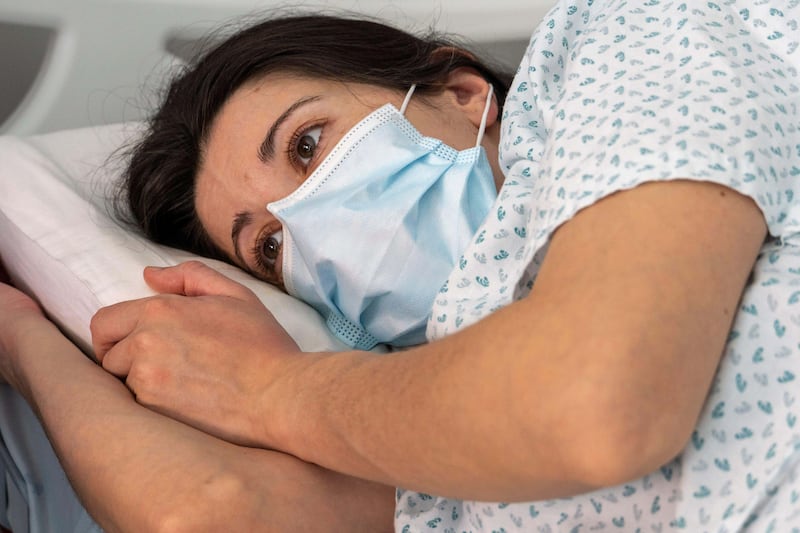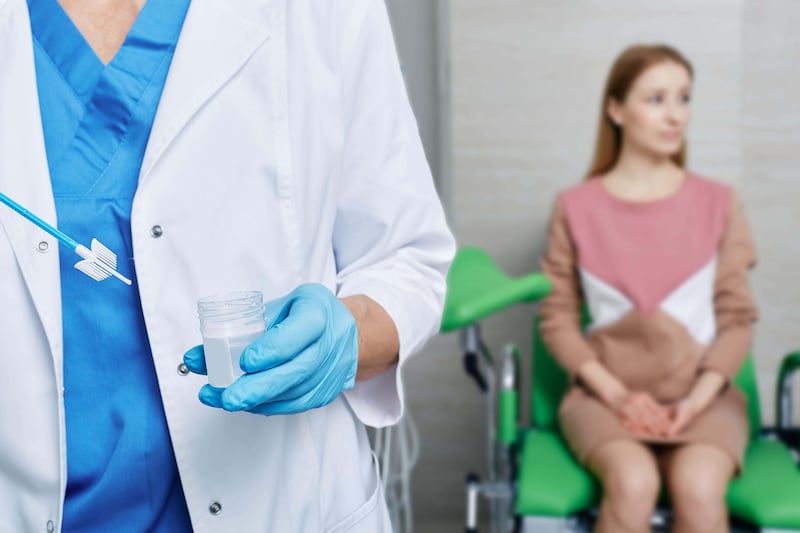MANY old medical practices are still relevant today, including using honey to heal wounds.
Medics routinely apply certain types of honey to help heal wounds and keep them free of infection and for that we can thank ancient practitioners, such as Dioscorides, a Greek physician and the 'father' of pharmacology who travelled the world with the army of Emperor Nero 2,000 years ago.
He wrote that: "Honey is cleansing, opens pores and draws out fluids", which we now know to be correct, says Dr Maninder Ahluwalia, a lecturer in clinical genetics at Cardiff Metropolitan University.
"Honey contains hydrogen peroxide, which is antibacterial," she says.
"It is hygroscopic, too, which means it can draw moisture out of the environment and dehydrate bacteria.
"It also reduces inflammation, increases blood vessel formation and assists removal of dead tissues within the wound bed."
But what has changed is now only medical-grade honey, produced to strict standards, is used.
Table honey might have a similar consistency but may be contaminated with pollen or microbial spores that mean it is not safe to be used as medical honey, says Dr Ahluwalia.
© Solo dmg media







